Fishing Tips: How To Catch Largemouth Bass
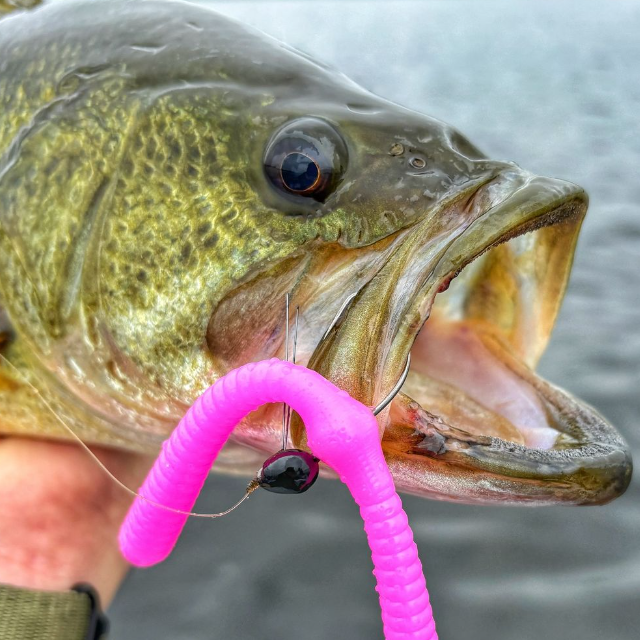
More photos of Largemouth Bass.
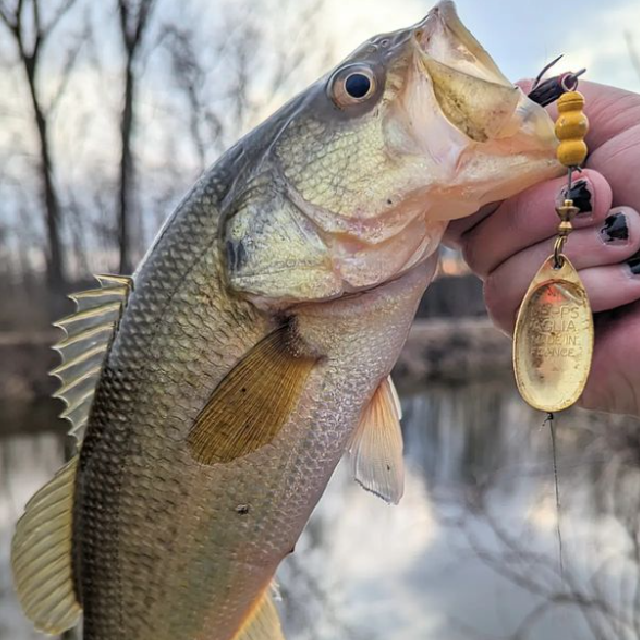
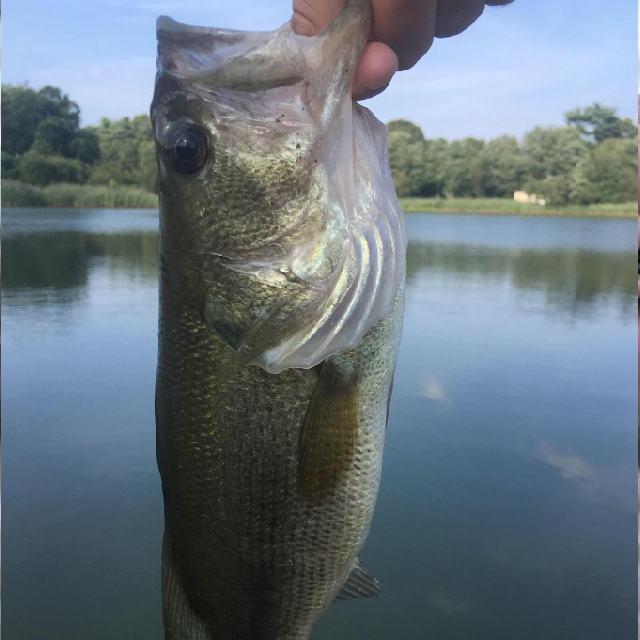
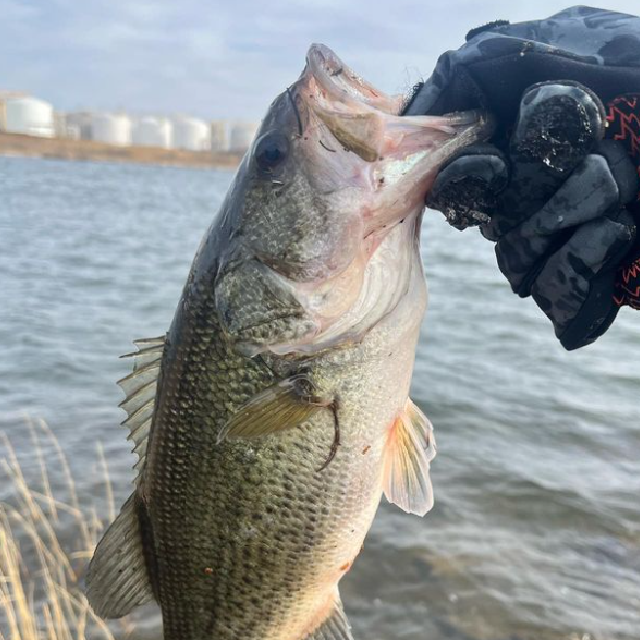
Largemouth Bass are one of the most sought-after freshwater game fish, renowned for their aggressive strikes and dynamic fights. They thrive in a variety of habitats including ponds, lakes, rivers, and reservoirs, typically around structure like weeds, docks, and submerged logs. Successful techniques for catching Largemouth Bass vary with the conditions but generally include casting artificial lures, topwater fishing, and flipping or pitching in dense cover.
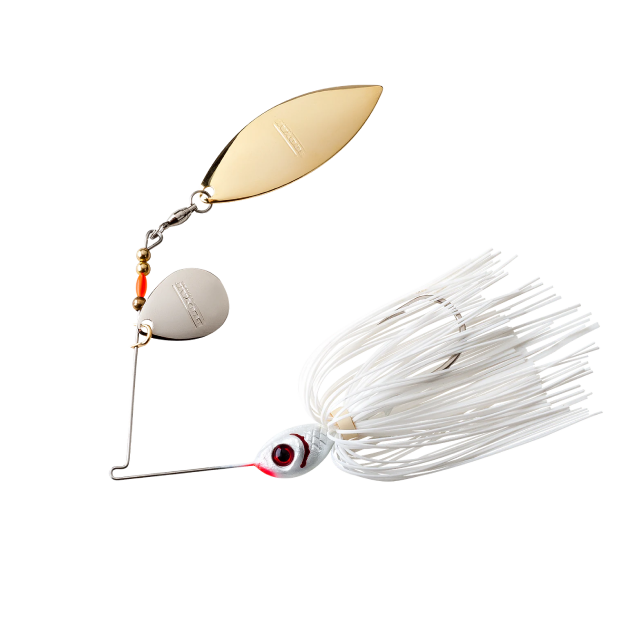
Booyah Blade
The Booyah Blade Spinnerbait is a highly effective lure that creates significant flash and vibrati...
The Booyah Blade Spinnerbait is a highly effective lure that creates significant flash and vibration to attract fish from a distance. It features a sturdy construction with a combination of willow and Colorado blades, making it versatile for various water conditions. The skirted design adds to its lifelike appearance, making it a favorite among anglers.
Continue reading
Gary Yamamoto Senko
Soft plastic baits, such as the Gary Yamamoto Senko, are designed to imitate worms and other small...
Soft plastic baits, such as the Gary Yamamoto Senko, are designed to imitate worms and other small creatures. The Senko is known for its subtle, wiggling action when rigged weightless or wacky style. Its natural fall and realistic movement make it highly effective for enticing strikes from predatory fish.
Continue reading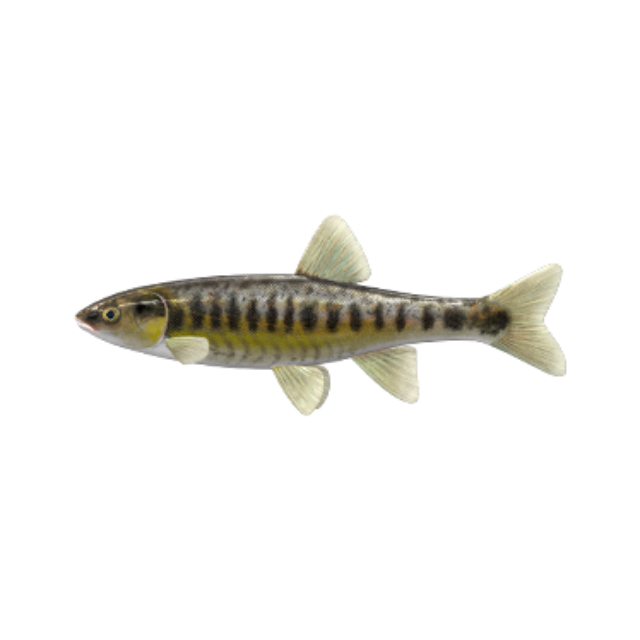
Large Minnows (Shiners)
Large minnows, such as shiners, are an excellent live bait choice. Their natural swimming action a...
Large minnows, such as shiners, are an excellent live bait choice. Their natural swimming action and scent make them highly attractive. Hooking them through the back or lips allows them to move freely and entice predatory strikes. They are particularly effective when fished near weed beds, drop-offs, or other structures where predatory fish lurk.
Continue reading
Nightcrawlers
Nightcrawlers, a type of earthworm, are highly effective live bait due to their natural scent and ...
Nightcrawlers, a type of earthworm, are highly effective live bait due to their natural scent and movement. They are commonly used for a wide range of fish species. When hooked correctly, they wriggle enticingly in the water, drawing the attention of nearby fish. Nightcrawlers can be used in various fishing environments, from freshwater lakes to rivers.
Continue reading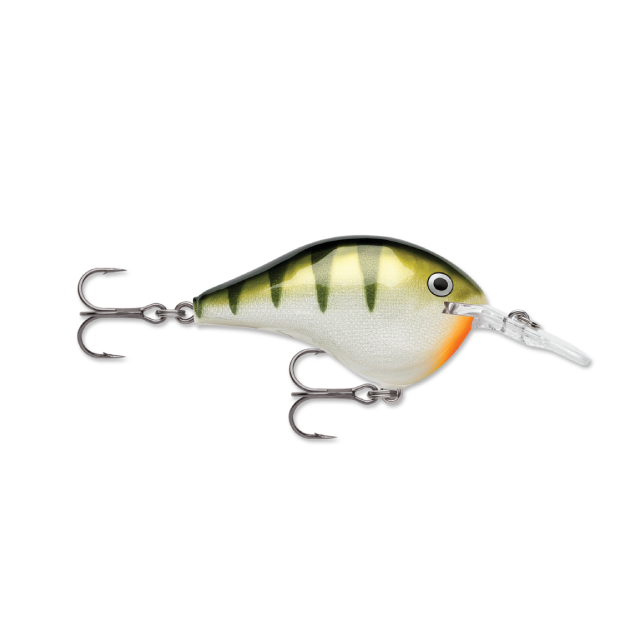
Rapala DT Series
The Rapala DT Series crankbaits are designed to dive to specific depths, making them ideal for tar...
The Rapala DT Series crankbaits are designed to dive to specific depths, making them ideal for targeting fish at different levels in the water column. They create a wobbling action that mimics injured baitfish, triggering predatory strikes. Available in various sizes, colors, and patterns, the DT Series crankbaits are versatile lures that can be used in many fishing environments.
Continue reading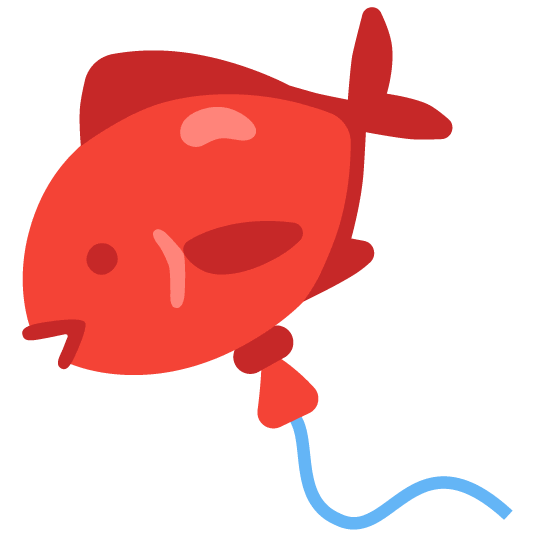 Hey! Did you know?
Hey! Did you know? 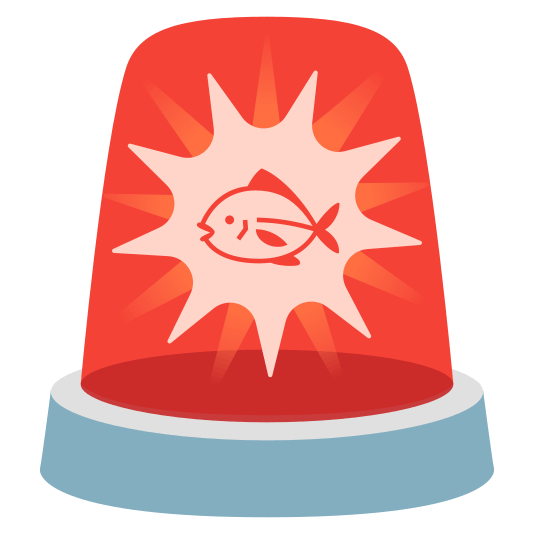 If you catch a lighter color bass, it means they’re schooling. If you catch a darker color bass, it means they’re hiding in cover.
If you catch a lighter color bass, it means they’re schooling. If you catch a darker color bass, it means they’re hiding in cover.More Thoughts on Baits: Choosing the right bait is crucial for targeting Largemouth Bass effectively. Factors such as water clarity, temperature, and bass activity should guide your selection. In murky water, brightly colored lures and those that produce noise or vibrations are particularly effective. In clearer water, more natural presentations and colors tend to be more successful.
Gear To Use For Catching Largemouth Bass:
| Gear Type | Specifications | Purpose |
|---|---|---|
| Rod/Reel | Medium to heavy action rod with a fast-retrieve baitcasting or spinning reel. | Provides the versatility needed for various bass fishing techniques. |
| Line | 10-20 lb test monofilament or braided line. | Offers strength and sensitivity for handling largemouth bass and navigating structure. |
| Hook | Size 2-5/0, depending on bait size. | Appropriate for the varied bait types used in bass fishing. |
| Weights | Varies with technique; light weights for finesse fishing, heavier for flipping. | Helps in casting precision and bait presentation. |
More Thoughts on Gear:
How To Identify If You Caught Largemouth Bass: Largemouth Bass can be identified by their large mouth, which extends past the eye when the mouth is closed, and a pronounced lateral line on the body. They typically have a greenish body with a series of horizontal stripes. The dorsal fins are almost separated but connected by a thin membrane. For more detailed identification or to confirm your catch, you can use resources like the Catchpedia Fish Identifier.